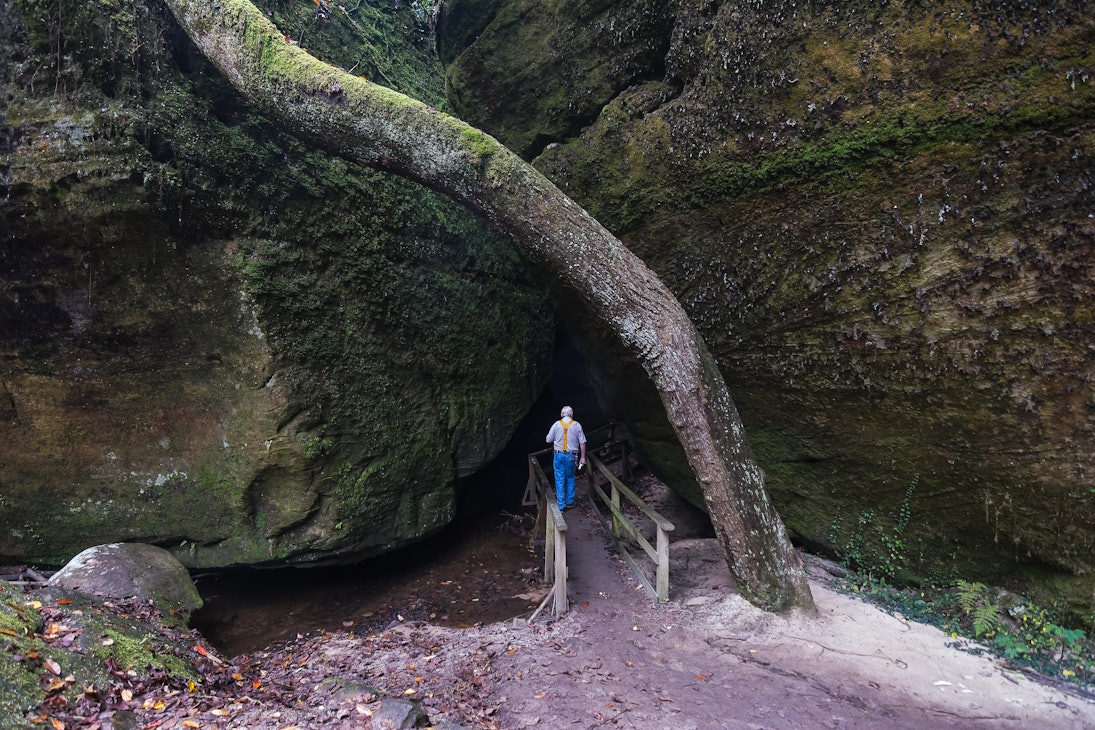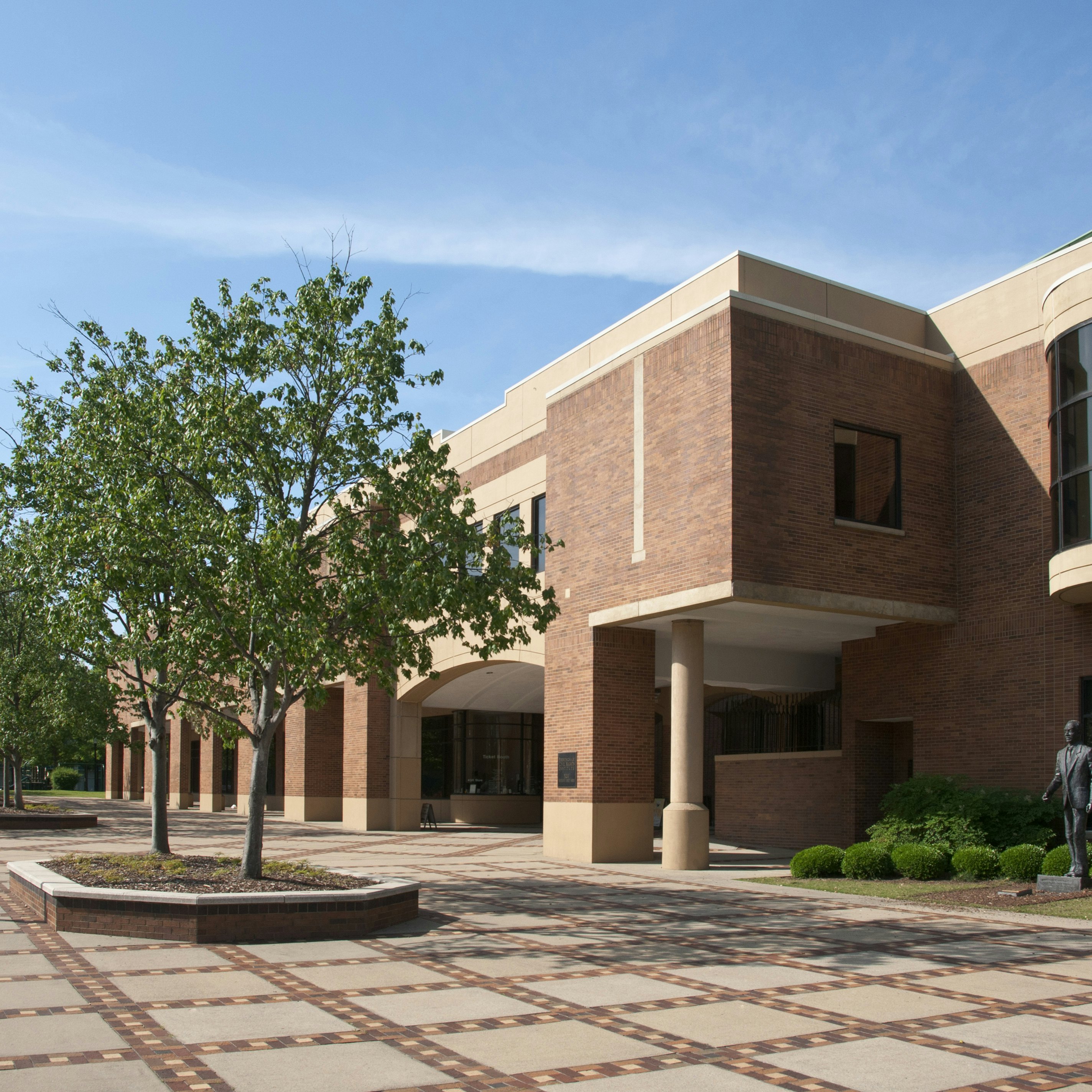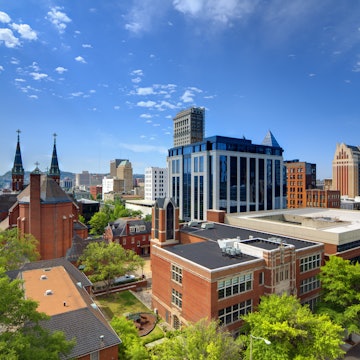

©Rommel Stribling/Alamy Stock Photo
Overview
History suffuses Alabama, a description that could be true of many states. But there are few places where the perception of said history is so emotionally fraught. The Mississippian Native American culture built great mound cities here, and Mobile is dotted with Franco-Caribbean architecture. But for many, the word Alabama is synonymous with the American Civil Rights movement.
Leave the planning to a local expert
Experience the real Alabama. Let a local expert handle the planning for you.
Must-see attractions
Planning Tools
Expert guidance to help you plan your trip
Best Things to Do
Mobile, Alabama, is an unsung hero in the southern US, offering visitors an incredible music scene, great food, history and tons of cultural clout.
Read full article
Best Places to Visit
Alabama has a surprising variety of landscapes, vast biodiversity and a friendly cast of small Southern cities and towns to explore.
Read full article
in partnership with getyourguide













